As VW’s traditional German plants face uncertainty, its long-established facilities in Bratislava and Pamplona are stepping into the spotlight—producing top-selling models and gearing up for a new era of electric vehicles.
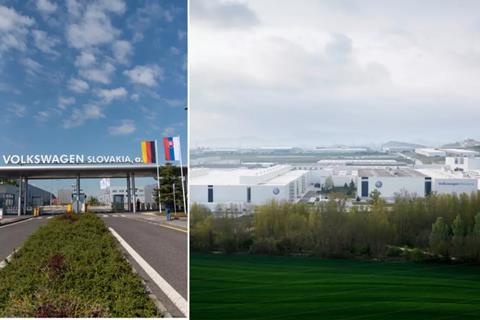
While the exact future of many German VW plants remains uncertain, there is clarity in Spain and Slovakia. Production facilities have been operating there for decades, where Volkswagen can produce significantly more cost-effectively than in Germany.
The heart of European VW production is still in Germany. This is also confirmed by the overall figures. In 2024, around 170,000 more cars were built here than in the three plants in Portugal, Spain, and Slovakia combined. But just looking at the European statistics overall show how important the plants in Palmela, Pamplona and Bratislava are - they occupy places two to four. So if the heart is in Germany, these three plants form the backbone of European VW production. The plant in the Slovakian capital plays a particularly crucial role.
”In general, one gets the impression that the three production facilities operated by the VW Group on the Iberian Peninsula see themselves as a unit”
The second most successful model of the entire VW Group is built here: more than 500,000 Passats were sold in 2024. Bratislava now even produces the classic car exclusively, because at the beginning of 2024 the long-time East Frisian became entirely Eastern European. Naturally, the significantly lower personnel costs played a key role in this decision. The German plants are increasingly losing VW classics such as the Passat and Golf. Another of these best-selling models has not been built in Germany for some time, and is now also no longer built in Europe at all.
Pamplona will build small electric cars in the future
The Polo, ranked third in the VW Group’s best-selling models in 2024, had been built in Pamplona, Spain, since 1984, but exactly 40 years later, production ended. VW relocated its home base to Kariega, South Africa, last summer. But as early as the mid-1980s, “the strategically important access to a production site with low labour costs, which can be used as a cost-effective assembly plant in the long term,” spoke in favor of the location in northern Spain. This is how VW itself describes it in retrospect in its Polo anniversary magazine. Consequently, Pamplona became the lead plant for the Polo in 1992.
Despite his departure, the plant on the Iberian Peninsula will play a key role for VW in the future. It will become the home of the crucial Electric Urban Car family. The Core brand group, under Seat’s project management, will launch electric cars priced at around €25,000 starting in 2026, the company promises. While the Seat plant in Martorell, under the direction of José Arreche, will build the ID.2 and the Cupra Raval, Pamplona will be commissioned to produce the ID.2X and the Skoda Epiq starting in 2026.
”While operations in southwestern Europe are carried out in a network, the Bratislava plant operates more independently”
Read more European automotive production stories
- Mercedes-Benz gives the green light for new paint shop
- European automotive production in dire need of efficiency gains
- The urgency for enhanced Design For Manufacture (DFM) in European & US vehicle production
- Automakers win reprieve on 2025 EU CO2 vehicle emissions targets
In general, one gets the impression that the three production facilities operated by the VW Group on the Iberian Peninsula see themselves as a unit. Markus Haupt, the long-time plant manager in Pamplona, is now the Board Member for Production at Seat. As early as mid-2023, Haupt described the importance of the network to automobile production as follows: “The locations can and must learn from each other. I had already organised this in Pamplona, and I am now practicing it in Barcelona as well.”
The people involved also play a central role in this. This guarantees a perfect exchange of information between the locations. “This is absolutely necessary, because we will be working even more closely together on electromobility on the Iberian Peninsula in the future.” Almost two years later, one can say: Haupt was right.
Explore the future of automotive production at the Automobil Produktion Kongress in Munich – where industry leaders, innovators and decision-makers will gather to discuss cost optimisation, electrification and factory digitalisation across Europe. Find out more and register here.
Bratislava builds the “big boys” for VW
While operations in southwestern Europe are carried out in a network, the Bratislava plant operates more independently. However, a look at the product portfolio quickly reveals that the Eastern Europeans have more than enough to do. In addition to the VW Passat and Touareg models, Bratislava also produces the Audi Q7 and Q8 series, the Porsche Cayenne and Cayenne Coupé, and the Škoda Superb and Superb Combi.
”Volkswagen Slovakia can look back on a history spanning more than 30 years”
Around 12,500 employees work at Volkswagen Slovakia under the direction of Wolfram Kirchert. While the Bratislava site covers an area of 2.1 million square meters, the components plant in Martin, located 200 kilometers from Bratislava, has a footprint of 210,000 square meters.
Production in Bratislava is among the most modern within the Group. The most important aluminum body parts are produced directly in the on-site press shop – using one of the most powerful presses in the Volkswagen Group. The maximum press force is an impressive 91,000 kilonewtons. In the body shop, the stamped individual parts are joined into complete bodies using state-of-the-art technologies such as laser and plasma welding, as well as innovative processes such as flow drill screwing (FDS), clinching, and friction welding.
Cayenne becomes first electric car from Slovakia
In preparation for the launch of the Skoda Superb, the assembly hall was extensively remodeled in 2023. The production line, where the latest Superb models were seamlessly integrated into the existing production lines for Volkswagen and Skoda vehicles, had not previously been used for the manufacture of plug-in hybrid vehicles. The modernisation of the assembly hall also included the installation of automation and handling technologies, industrial camera systems, and other extensive innovations along the entire production line.
Furthermore, the floor assembly area was expanded to accommodate the assembly of batteries for models with electrified powertrains. The electric Porsche Cayenne is scheduled to make its debut here in 2026.
Circular economy in the press shop
Volkswagen Slovakia can look back on a history spanning more than 30 years: The company was founded in 1991 with just 112 employees, most of whom assembled the first vehicles by hand. A lot has happened since then: Over seven million vehicles have been produced at the site. With more than €5.5 billion invested since its founding, the plant is one of the country’s most important industrial players – both for export and as an employer.
Bratislava also wants to play a leading role in the increasingly important topic of sustainability: The plant is part of the Aluminum Closed Loop Project, in which aluminum scrap from the press shop is returned to the coil manufacturer and fully recycled – a cycle that saves around 95 percent of energy compared to the production of primary aluminium.

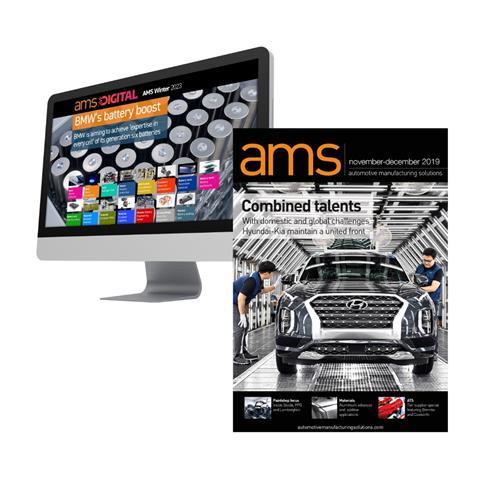

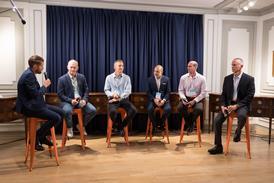





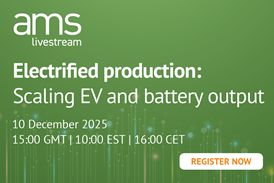
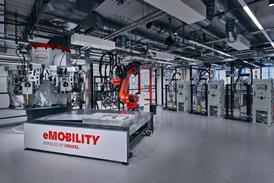
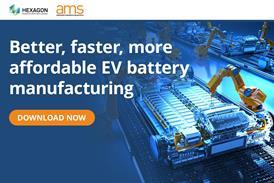
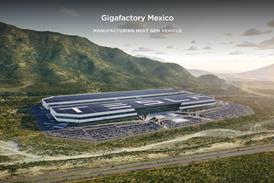
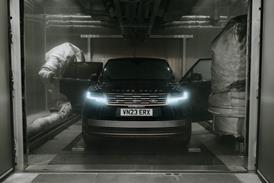
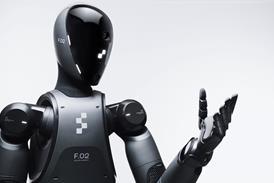
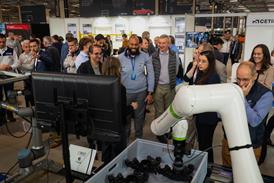
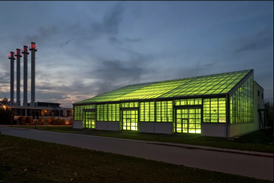
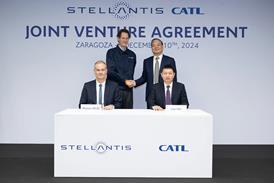
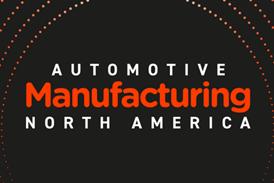
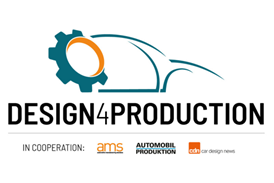
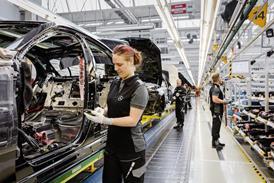

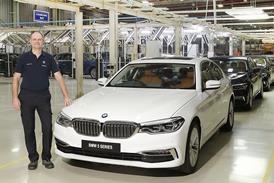
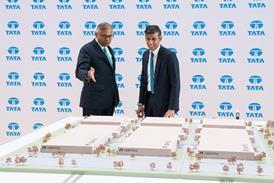

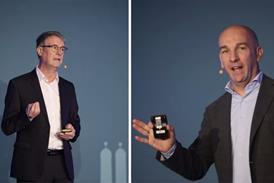
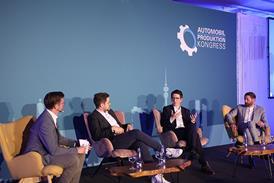

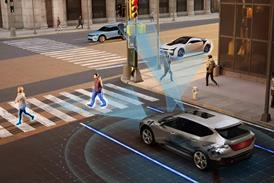

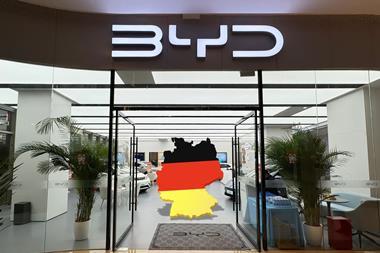
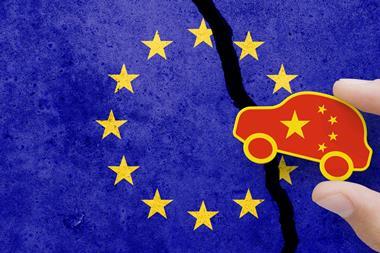


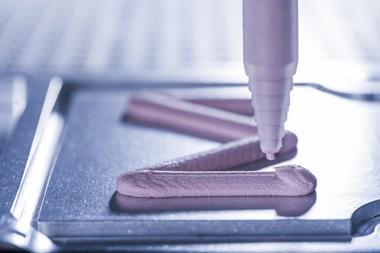



No comments yet